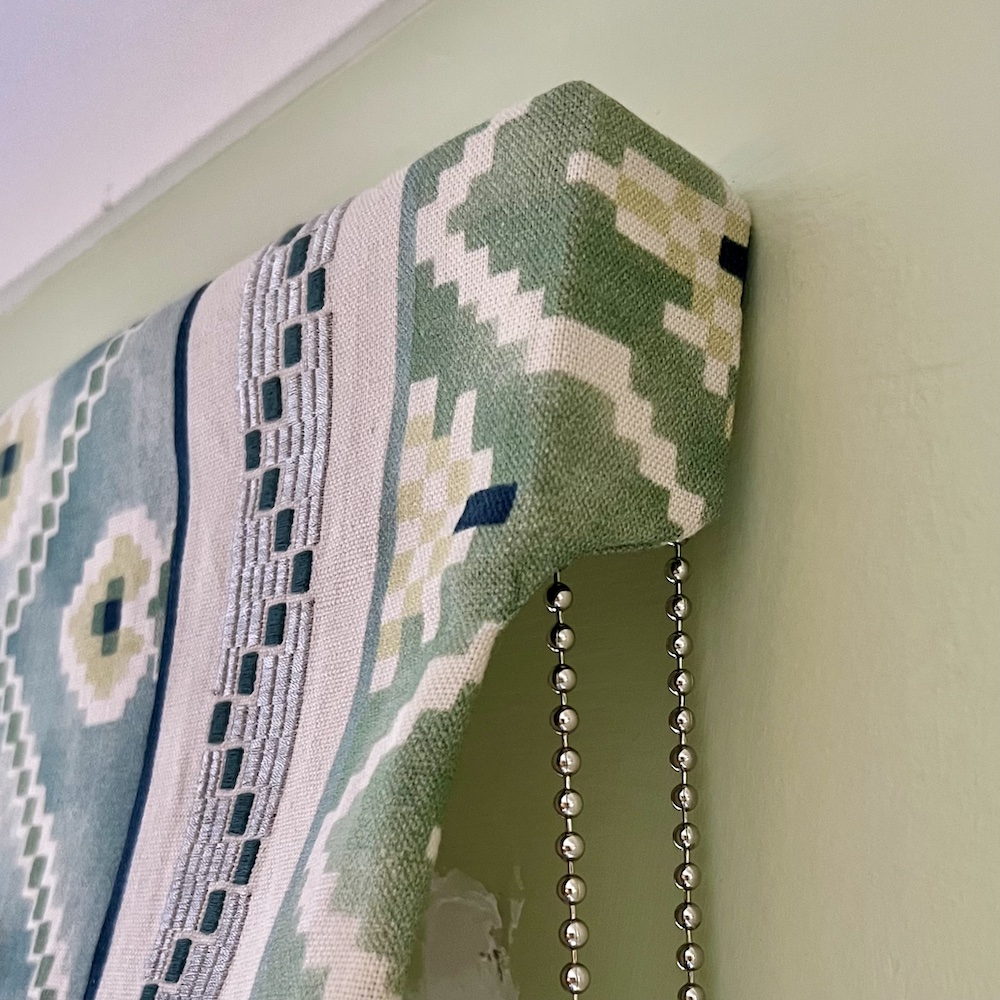Made to Measure Curtains - Fullness11 January 2022 | Admin
Curtains are not flat panels of course, more fabric is used than the width of the window to create the lovely wave effect, this is known as 'fullness'. Typically the fabric width for a pair of curtains is just over double the length of the pole or track. The fullness of curtains in the photo above is 2.4, which is perfect, we aim for 2.3-2.4 for double pinch pleat headings as here. Typical fabric width on the roll is 137cms, so the vast majority of curtains use more than one width of fabric per side, with the fabric carefully joined so the pattern matches. To calculate fullness, measure the length of the curtain pole from the curtain ring on the outer edge of the side bracket on one side to the same ring on the other side. These are the two rings which hold the sides of the curtain in place when the curtains are pulled to close. Then add the distance each side from the outer ring to the wall, known as the return. In the photo above, the return is 6cm each side and the pole length from outer ring to outer ring is 140cms, giving a total of 152cms. This Blendworth fabric is 138cms wide and the curtains are made from one and a third widths of fabric per side. (One width per side would not be full enough and one and a half widths would be slightly too full.) The fullness calculation is the fabric width divided by the pole length (outer ring to outer ring plus returns as above), so in this example: 138 x 2.66 / 152 = 2.41 Fullness If a triple pleat heading is required then we use 2.5-2.6 as a little more fabric is needed for the pleats. In the example above, if only one width of fabric had been used per side the the fullness would only have been 1.8 (138 x 2 / 152 = 1.8) and if one and a half widths per side had been used it would have been 2.7 (138 x 3 / 152). Hence trimming from one and a half to one and a third. To calculate for a track, simply use the track length plus the returns and calculate the same way. |
|
Jo Brown Curtains & Blinds |





